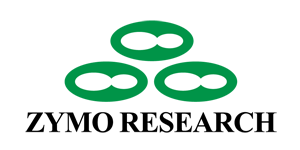Optimizing sample preparation for metagenomic assembly using long-read sequencing

Next-generation sequencing (NGS) is widely used for microbiome analysis due to its high-throughput and cost-effective nature. NGS utilizes short read lengths, which allow for more efficient and accurate sequencing of complex genomes and metagenomes, where high-coverage and rare species identification is required. Short-read sequencing with NGS is sufficient for many common applications of microbiome research; however because short reads have limited overlap, complete genome assembly is challenging, particularly in complex regions.
In this Application Note, Zymo Research and PacBio break down how to obtain HMW DNA from fecal samples for accurate microbiome profiling and assembly.
The emergence of long-read sequencing (e.g. PacBio or Oxford Nanopore sequencing) offers new opportunities to solve current challenges in metagenomic assembly. Longer reads provide greater sequence overlap, simplifying the assembly process and improving assembly quality (e.g. N50).
In a recent collaboration between Zymo Research and PacBio, complete circularized genomes were assembled directly from a standardized fecal reference material, the ZymoBIOMICS Fecal Reference with TruMatrix™ Technology (D6323), using PacBio HiFi sequencing. A challenge unique to long-read sequencing is the requirement of high molecular weight (HMW) DNA, which can be difficult to obtain from complex microbial samples.
This content was provided by Zymo Research.
